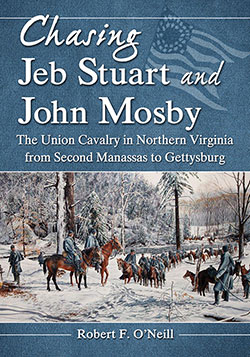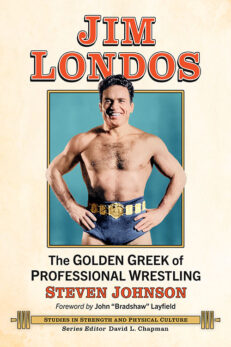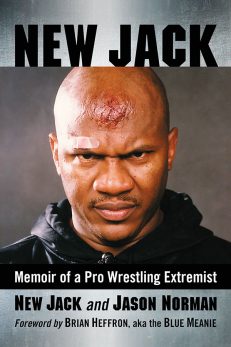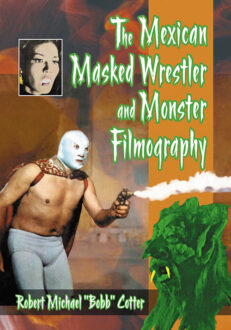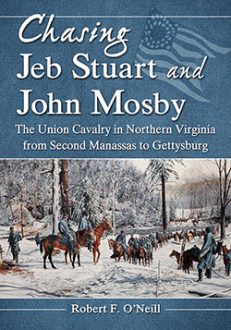Chasing Jeb Stuart and John Mosby
The Union Cavalry in Northern Virginia from Second Manassas to Gettysburg
$39.95
In stock
About the Book
This book is an operational and tactical study of cavalry operations in Northern Virginia from September 1862 to July 1863. It examines in detail John Mosby’s first six months as a partisan, within the context of the larger threat to the Union capital posed by Jeb Stuart. Previous studies of Mosby’s career are largely based on postwar memoirs. This narrative balances those accounts with previously unpublished official contemporary records left by the Union soldiers assigned to the defense of Washington, D.C. The formation of the Michigan Cavalry Brigade is fully documented, along with the exploits of the brigade in the months before George Custer took command. Largely forgotten events, such as Jeb Stuart’s Christmas Raid, the fight at Fairfax Station during Stuart’s ride to Gettysburg, as well as the vital role played by Union general Julius Stahel’s cavalry division in the critical month of June 1863, are examined at length.
About the Author(s)
Bibliographic Details
Robert F. O’Neill
Format: softcover (7 x 10)
Pages: 328
Bibliographic Info: 27 photos, 10 maps, appendix, notes, bibliography, index
Copyright Date: 2012
pISBN: 978-0-7864-7085-3
eISBN: 978-0-7864-9256-5
Imprint: McFarland
Table of Contents
Acknowledgments ix
Preface 1
Introduction 3
1. August 30–November 30, 1862: “Buford’s cavalry are entirely used up” 7
2. “For special service in mountainous districts infested by bushwhackers” 18
3. December 1–December 20, 1862: “The same old coon” 27
4. December 21–December 30, 1862: “A raid into Yankeedoodledom” 35
5. December 29–December 31, 1862: “I thought I could make things lively” 51
6. December 31, 1862–January 13, 1863: “The war is to be more desperate and deadly” 57
7. January 14–January 31, 1863: “Bush Whackers are all around” 69
8. February 1–February 19, 1863: “There is a rebel captain … by the name of Mosby” 80
9. February 16–March 8, 1863: “It is their business to fight and if necessary die” 93
10. March 9, 1863: “It was the best raid of all” 109
11. March 10–March 17, 1863: “There is no evidence to show that the accused did not act with courage and zeal” 115
12. March 17–March 31, 1863: “We are now to occupy the ground in which the guerrillas live and act” 124
13. April 1, 1863: “Mr. Capt. Mosby” 136
14. April 2–April 23, 1863: “Citizens except … when they are the terror-inspiring band of Capt. Mosby” 147
15. April 24–April 30, 1863: “General Stahl and his miscreants” 155
16. May 1–May 9, 1863: “He came in like h—l and went out like damnation” 164
17. May 10–May 13, 1863: “Those Bushwhackers fire on you as they would fire on a sparrow” 174
18. May 14–May 27, 1863: “These skulking Bushwhackers are all we have to [deal] with at the present” 183
19. May 28–May 30, 1863: “Grand Rebel Raid expected” 193
20. May 31–June 12, 1863: “I fear that he is trying to get my cavalry” 203
21. June 12–June 21, 1863: “Tomorrow perhaps we will be on the war path” 216
22. June 21–June 24, 1863: “To disperse about 100 guerrillas” 229
23. June 22–June 25, 1863: “We may have stirring times for a while now” 235
24. June 25–June 30, 1863: “Washington was again like a city besieged as after Bull Run” 240
25. History’s Dusty Attic 254
Appendix: The Order Captured by John Mosby, June 17, 1863 263
Abbreviations 265
Chapter Notes 267
Select Bibliography 299
Index 309
Book Reviews & Awards
“highly recommended…excellent”—Civil War Books and Authors; “O’Neill excels in accurately describing not only the men who raised and/or commanded the combat units, but the military formations themselves. Meticulously researched…well written in a crisp, clear and straightforward manner… definitive…for those interested in Civil War cavalry operations this study is a must-have”—Blue & Gray Magazine.


